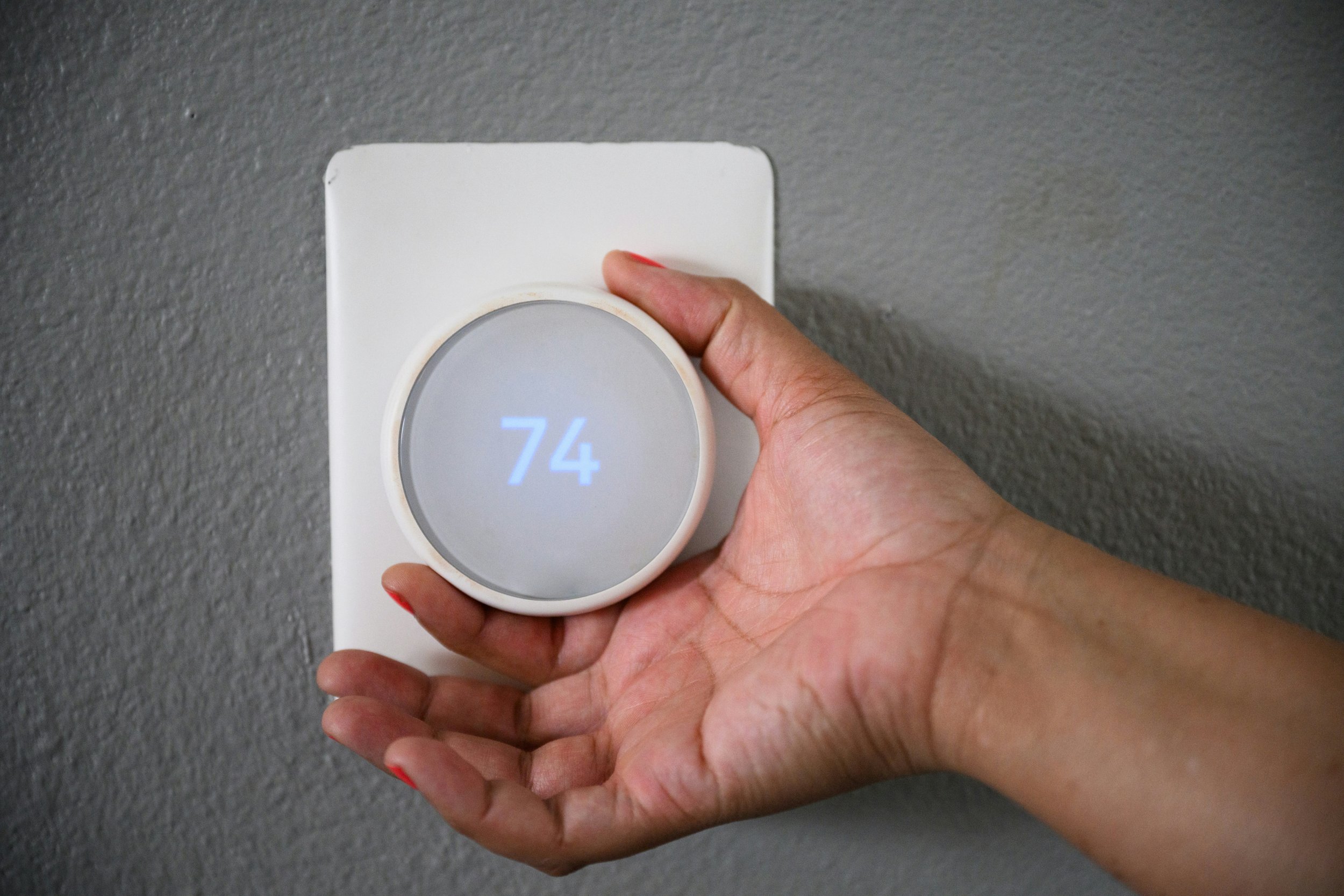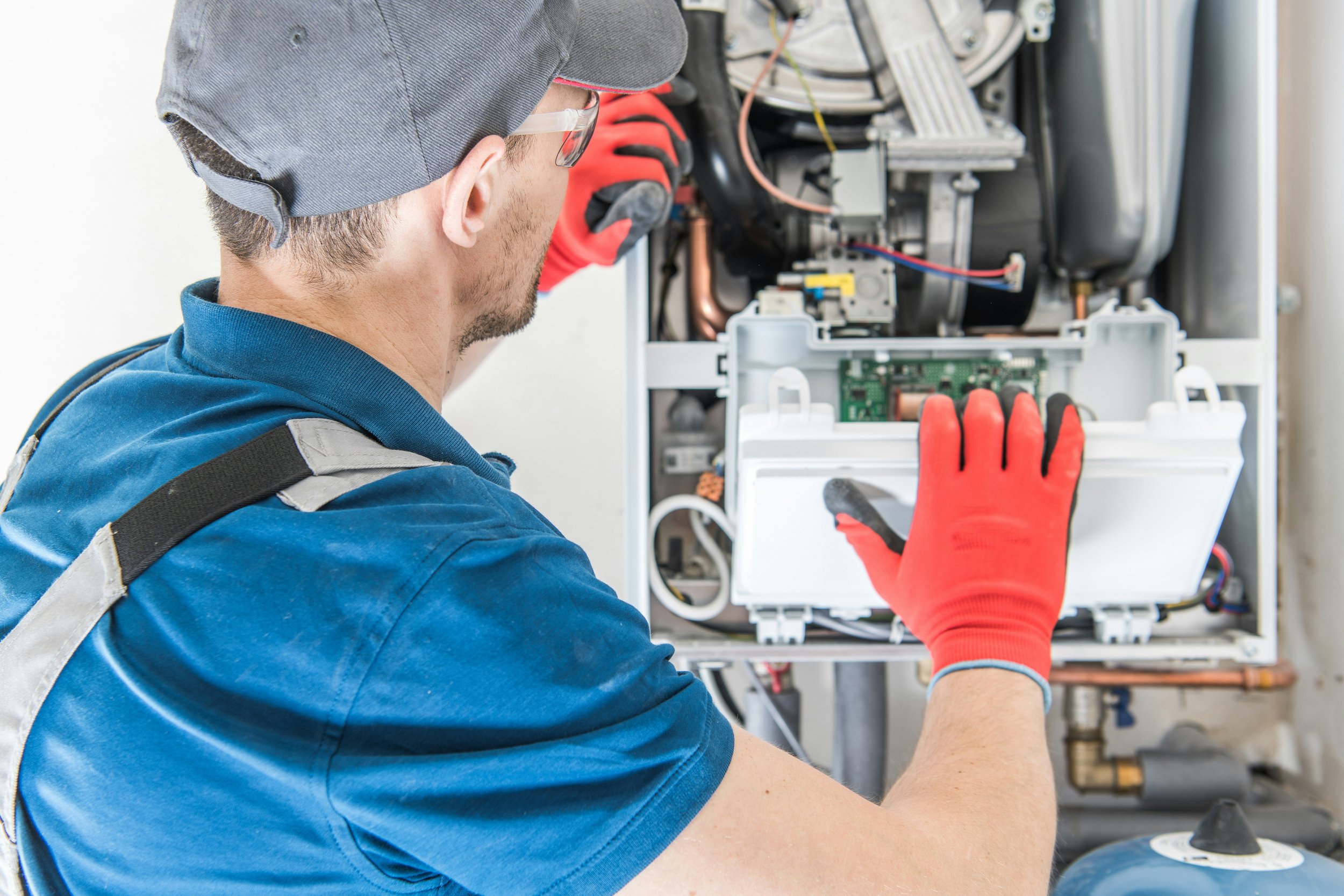A Step-by-Step Guide to Installing Electric Floor Heating
Learn how to install electric floor heating with this step-by-step guide, ensuring a warm, energy-efficient, and comfortable home.
Did you know that the global underfloor heating market is estimated to reach $7.6 billion by 2029? This shows the growing popularity of floor heating systems.
If you want warm floors on cold winter mornings, electric floor heating is a great choice. It gives even warmth, saves energy, and adds comfort. This system can make your home feel cozy.
Before starting, it's important to know how to install it. This guide will walk you through the steps. Keep reading to help you get great results.
Step 1: Gather Tools and Materials You'll Need
Before you begin your installation, gather the necessary tools and materials:
● Electric floor heating mats
● Floor temperature sensor
● Thermostat control
● Thin-set mortar or adhesive
● Tile, laminate, or other flooring materials
● Utility knife
● Wire strippers
● Multimeter for electrical checks
Having these items on hand will streamline the process and ensure you're prepared for each step.
Step 2: Plan Your Layout
Decide where to install the floor heating systems. Measure the area to figure out how much cable or matting you need.
Don't place heating cables under furniture or permanent fixtures. This can cause overheating or uneven heat. Focus on the open areas where people walk.
Step 3: Prepare Your Subfloor
Make sure your subfloor is clean, dry, and level. Remove any debris or old flooring. If needed, use a leveling compound to fix low spots and create a smooth surface.
Step 4: Install Your Electric Heating System
Follow the manufacturer's instructions to install the underfloor heating systems. Lay the heating mats or cables evenly across the subfloor. Make sure they are secure and don't overlap.
If using cables, use clips or tape to hold them in place. Connect the heating system to the thermostat according to the instructions.
Double-check all connections to ensure safety. Test the system before covering it with flooring to make sure it works properly.
Step 5: Install Flooring Material
After the heating system is in place, you can lay your flooring. Use thin-set mortar or adhesive to secure tiles or laminate over the heating elements.
Follow the adhesive's curing time instructions. This helps protect the heating system. Make sure the flooring is even and aligned.
Press down firmly to avoid air pockets. Check the edges to ensure they're sealed properly. Let the adhesive cure completely before using the floor.
Step 6: Final Testing
After the flooring is installed and the adhesive has cured, turn on the system. Test the electric floor heating by adjusting the thermostat. Allow the system to warm up and check the temperature.
Make sure the heat is even across the floor. If you notice any issues, check the connections. Wait a little longer to ensure it's fully acclimated. This step helps confirm everything is working as expected.
Electric Floor Heating: Build Your Warm Space Today
By following these simple steps, you can successfully install electric floor heating in your home. Not only will you be able to enjoy warm floors, but you'll also enhance your home's overall ambiance and value.
Ready to get started? Gather your materials, follow the steps outlined above, and start transforming your home into a cozy haven today!
Do you want to see more helpful tips you can use right now? Feel free to explore more of our blog!











